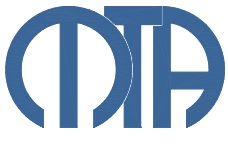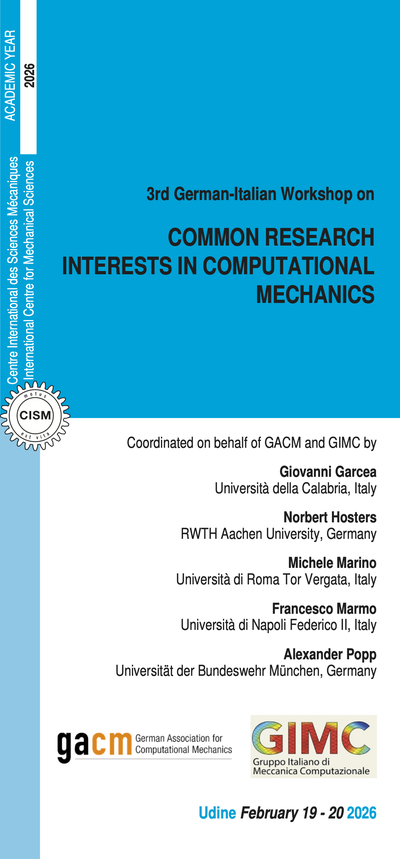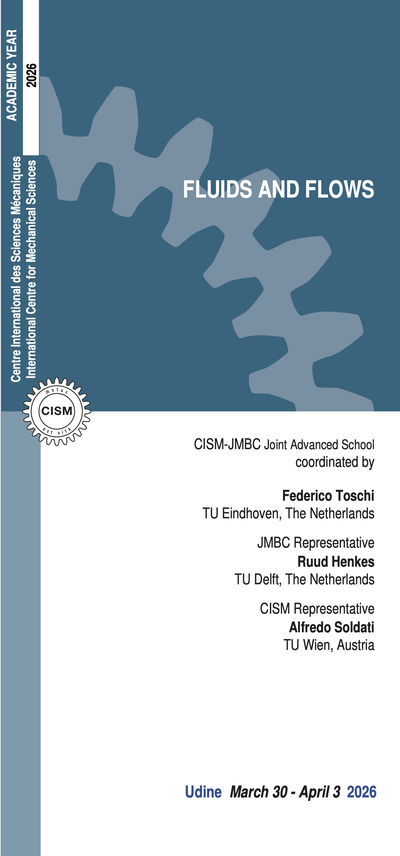A principle of similarity for nonlinear vibration absorbers, G. Habib and G. Kerschen, Physica D 332, 1-8, 2016.
Effects of modal energy scattering and friction on the resonance mitigation with an impact absorber, T. Theurich et al., J. Sound Vib. 442, 71-89, 2019.
Toward understanding the self-adaptive dynamics of a harmonically forced beam with a sliding mass, M. Krack et al., Arch. Appl. Mech. 87(4), 699-720, 2017.
Vibration prediction of bladed disks coupled by friction joints, M. Krack et al., Arch. Comp. Meth. Eng. 24(3), 589-636, 2017.
A global dynamics perspective for system safety from macro- to nanomechanics: Analysis, control and design engineering, G. Rega, and S. Lenci, Appl. Mech. Rev. 67(5), 050802, 2015.
Avoiding/inducing dynamic buckling in a thermomechanically coupled plate: a local and global analysis of slow/fast response, V. Settimi et al., Proc. Royal Soc. A, 474 (2213), 20180206, 2018.
Theme Issue on Nonlinear Energy Transfer in Dynamical and Acoustical Systems (O.V. Gendelman and A.F. Vakakis Eds.), Phil. Tran. Royal Soc. A, 376, 20170132, 2018.
Passive Nonlinear Targeted Energy Transfer in Mechanical and Structural Systems: I and II, A.F. Vakakis et al., Springer Verlag, 2008.
Topics on the Nonlinear Dynamics and Acoustics of Ordered Granular Media, Y. Starosvetsky et al., World Scientific Press, 2017.
Energy exchange and localization in essentially nonlinear oscillatory systems: Canonical formalism, O.V. Gendelman and T.P. Sapsis, J. Appl. Mech. 84, 011009, 1-9, 2017.
Escape of a harmonically forced particle from an infinite-range potential well: a transient resonance, O.V. Gendelman, Nonl. Dyn. 93, 79-88, 2018.
Nonlinear resonances of hysteretic oscillators, P. Casini and F. Vestroni, Acta Mech. 229:2, 939-952, 2017.
5 lectures on: Nonlinear acoustics; numerical and experimental design of nonlinear membranes for acoustic mitigation; numerical modeling of wind musical instruments: linear resonator coupled to a nonlinear exciter; influence of the nonlinearity of the exciter (e.g., reed and mouthpiece) on the sound-producing resonator.
6 lectures on: Quantitative/qualitative methods for essentially nonlinear dynamical systems; quasilinear dynamics and its generalization for strong nonlinearity, stationary solutions, harmonic balance; canonical formalism, action-angle variables; transient phenomena and energy flows; breather dynamics in strongly nonlinear lattices.
5 lectures on: Engineering design exploiting nonlinearity; tailoring nonlinearity using spline optimization; a principle of similarity for nonlinear systems; linearization of nonlinear resonances – isochronicity and force-displacement proportionality; nonlinearity through piezoelectric shunting and digital control.
5 lectures on: Intentional use of strongly nonlinear contact interactions (dry friction and impacts) for vibration mitigation; modeling and simulation of non-smooth contacts; vibro-impact and self-adaptive absorbers; friction dampers; application to periodically driven and self-excited vibrations of aero-engine blades.
5 lectures on: Global dynamic analysis, control and design of engineering systems; nonlinear thermomechanically coupled composite plates; dynamical integrity concept, structural stability, from macro- to micro-mechanics; control of bifurcations triggering erosion/instability; a new paradigm for aware evaluation of engineering safety.
5 lectures on: Nonlinear acoustics; geometric effects as a source of strong nonlinearity; nonlinear sonic vacua and intense energy transfers; ordered granular media and granular interfaces; acoustic non-reciprocity in nonlinear lattice systems – theoretical and experimental results; nonlinear acoustic metamaterials.
4 lectures on: Vibration mitigation of structures with nonlinear attachments; nonlinear hysteretic absorbers; intentionally induced nonlinear phenomena, e.g., nonlinear coupling, bifurcations, superabundant modes for vibration mitigation; example with noise barriers of high-speed train lines.
The registration fee is 600.00 Euro + VAT*, where applicable (bank charges are not included). The registration fee includes a complimentary bag, four fixed menu buffet lunches (on Friday upon request), hot beverages, downloadable lecture notes and wi-fi internet access.
Applicants must apply at least one month before the beginning of the course. Application forms should be sent on-line through the following web site: http://www.cism.it. A message of confirmation will be sent to accepted participants. Applicants requiring assistance with the registration should contact the secretariat at the following email address cism@cism.it.
Applicants may cancel their course registration and receive a full refund by notifying CISM Secretariat in writing (by email to cism@cism.it) no later than two weeks prior to the start of the course.
Cancellation requests received during the two weeks prior to the start of the course will be charged a 50.00 Euro handling fee. Incorrect payments are also subject to a 50.00 Euro handling fee.
A limited number of participants from universities and research centres who are not supported by their own institutions can be offered lodging and/or board, if available, in a reasonably priced hotel or student guest house.
Requests should be sent to CISM Secretariat by May 13, 2020 along with the applicant's curriculum and a letter of recommendation by the head of the department or a supervisor confirming that the institute cannot provide funding. Preference will be given to applicants from countries that sponsor CISM.
Information about travel and accommodation is available on the web site www.cism.it, or can be mailed upon request.
* Italian VAT is 22%.






